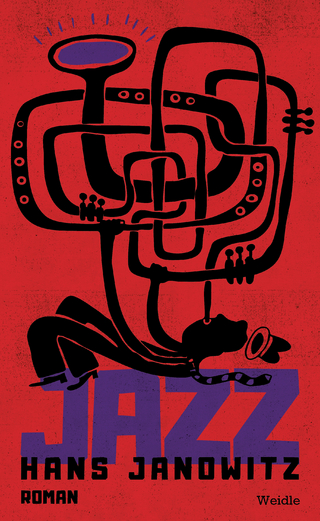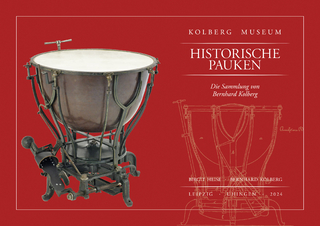
Harmony in Chopin
Cambridge University Press (Verlag)
978-1-107-51956-5 (ISBN)
Chopin's oeuvre holds a secure place in the repertoire, beloved by audiences, performers, and aesthetes. In Harmony in Chopin, David Damschroder offers a new way to examine and understand Chopin's compositional style, integrating Schenkerian structural analyses with an innovative perspective on harmony and further developing ideas and methods put forward in his earlier books Thinking about Harmony (Cambridge, 2008), Harmony in Schubert (Cambridge, 2010), and Harmony in Haydn and Mozart (Cambridge, 2012). Reinvigorating and enhancing some of the central components of analytical practice, this study explores notions such as assertion, chordal evolution (surge), collision, dominant emulation, unfurling, and wobble through analyses of all forty-three Mazurkas Chopin published during his lifetime. Damschroder also integrates analyses of eight major works by Chopin with detailed commentary on the contrasting perspectives of other prominent Chopin analysts. This provocative and richly detailed book will help transform readers' own analytical approaches.
David Damschroder is Professor of Music Theory at the University of Minnesota. His current research focuses on harmony in tonal music, a project that began with a careful examination of historical analytical practices and was the basis for his book Thinking about Harmony: Historical Perspectives on Analysis (Cambridge, 2008). The project continues with focused studies on selected repertoires: Harmony in Schubert (Cambridge, 2010), Harmony in Haydn and Mozart (Cambridge, 2012), and the present book. In addition, he is currently writing a textbook on Schenkerian analysis. He has written textbooks on music fundamentals and ear-training and sight-singing, and his articles and reviews have appeared in numerous journals.
Preface; Part I. Methodological Orientation: The Mazurkas: 1. The architecture of a tonic pillar: twenty-seven regular tonic pillars from the mazurkas; 2. Between the tonic pillars: tonal trajectories in twenty-seven mazurkas; 3. Irregular pillars in the mazurkas: alternatives to the perfect authentic cadence; Part II. Masterpieces: 4. Étude in C Minor, op. 10, no. 12, in response to Graham H. Phipps; 5. Nocturne in C# Minor (op. 27, no. 1), in response to Felix Salzer; 6. Preludes in E Major and E Minor (op. 28, nos. 9 and 4), in response to Fred Lerdahl; 7. Prelude in G Minor (op. 28, no. 22), in response to Alison Hood; 8. Prelude in C# Minor (op. 45), in response to Jean-Jacques Eigeldinger and to Charles J. Smith; 9. Ballade in F Minor (op. 52), in response to Edward Laufer; 10. Barcarolle in F# Major (op. 60), in response to John Rink.
| Erscheint lt. Verlag | 24.1.2019 |
|---|---|
| Zusatzinfo | 121 Printed music items; 121 Tables, black and white; 121 Plates, black and white |
| Verlagsort | Cambridge |
| Sprache | englisch |
| Maße | 190 x 248 mm |
| Gewicht | 630 g |
| Themenwelt | Kunst / Musik / Theater ► Musik ► Instrumentenkunde |
| Kunst / Musik / Theater ► Musik ► Klassik / Oper / Musical | |
| Kunst / Musik / Theater ► Musik ► Musiktheorie / Musiklehre | |
| ISBN-10 | 1-107-51956-X / 110751956X |
| ISBN-13 | 978-1-107-51956-5 / 9781107519565 |
| Zustand | Neuware |
| Haben Sie eine Frage zum Produkt? |
aus dem Bereich


